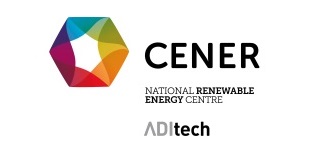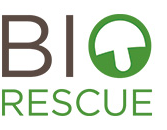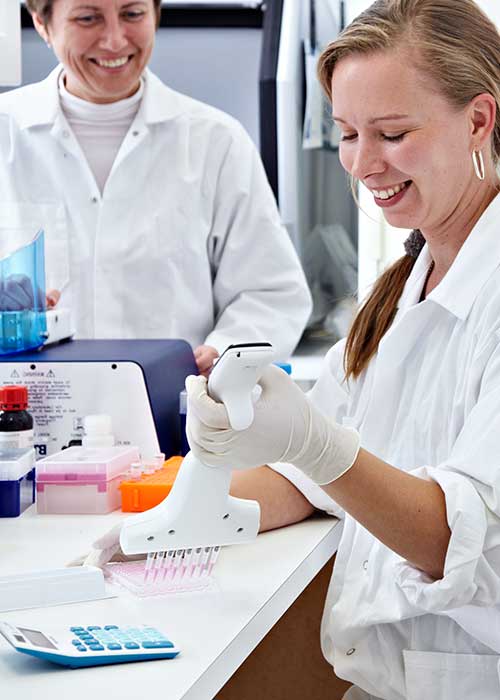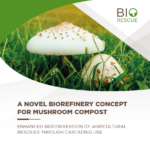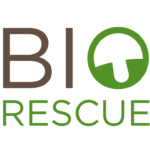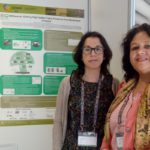Sustainability aspects of the novel BIOrescue biorefinery
#Fact 6
Sustainability aspects of the novel BIOrescue biorefinery
The EU-funded project BIOrescue has created a new circular economy business model by developing a novel biorefinery process to recover the vast majority of used mushroom compost. It transforms glucose and lignin into biopesticides, enzymes and biobased nanocarriers for plant vaccines.
BIOrescue partners C-Tech Innovation, Imperial College of London and CENER analysed the economic, social, technological and environmental aspects of this novel biorefinery process.
Economic aspects
Economic return – The products developed in BIOrescue have high market value and, once the process is upscaled, can be produced in large quantities keeping high quality standards. The market for biobased products is rapidly expanding, and BIOrescue products have the potential to generate significant returns on investment, even within the first years of operation.
New value for agricultural residues – This new concept will have a direct impact for mushroom farms in Europe, reducing the cost of used mushroom compost disposal by over €30 million/year.
The BIOrescue products have high market value and can reduce the cost of used mushroom compost disposal by over €30 million/year.
Social and health & safety aspects
This novel biorefinery is likely to provide employment throughout the supply chain in:
- Agricultural activities (e.g. cultivation and collection of biomass);
- Biorefinery (construction and operation, including management and administration);
- Research and development (at the biorefinery and in external organisations).
The BIOrescue concept can be a driving force for local and regional development by pursuing policies that promote gender equity (e.g. fair access to income opportunities and skilling) and labour rights (e.g. compliance with various labour laws and conventions).
The BIOrescue concept can create employment throughout the supply chain.
Technological aspects
The biorefinery process developed in BIOrescue involves different stages, with technology readiness levels from TRL 3 to TRL 5, meaning between a proven concept and a technology validated in relevant environment.
The main challenges and barriers for upscaling the process are:
- Optimising the process to increase production yields and continuous operation;
- Reducing the investment costs, especially in the pretreatment stage;
- Developing consistent regulations and certification schemes for biobased products.
The technology readiness level of the biorefinery process is between TRL 3 and 5.
Environmental aspects
The largest contributors to the overall greenhouse gas emissions from the BIOrescue biorefinery are the chemical products used and the provision of heat and power to the plant.
Although upscaling the process should reduce these emissions, some measures have been suggested to further improve the environmental performance of the biorefinery:
- Reducing the consumption of raw materials by recirculating the chemicals (up to 15% cuts in emissions) and water used in the production process;
- Using 100% renewable energy sources for heat and power (up to 47% cuts in emissions);
- Introducing energy efficient machinery within the process;
- Improving overall conversion efficiency, so that inputs per unit mass are lower than outputs.
The chemical products used and the provision of heat and power to the plant are the largest contributors to GHG.
CONTACT
Rocio A. Diaz-Chavez
Imperial College London
rocio.diaz-chavez@sei.org

David Hall
C-Tech
david.hall@ctechinnovation.com

Blanca de Ulibarri
CENER
bulibarri@cener.com
